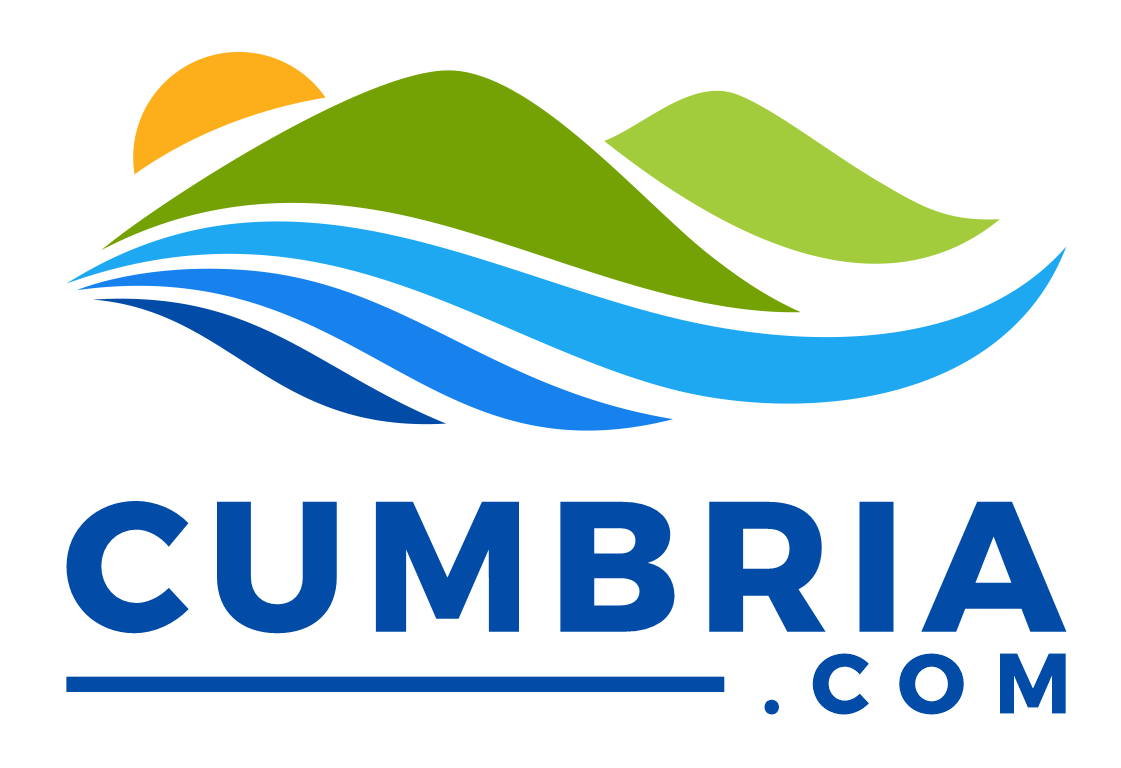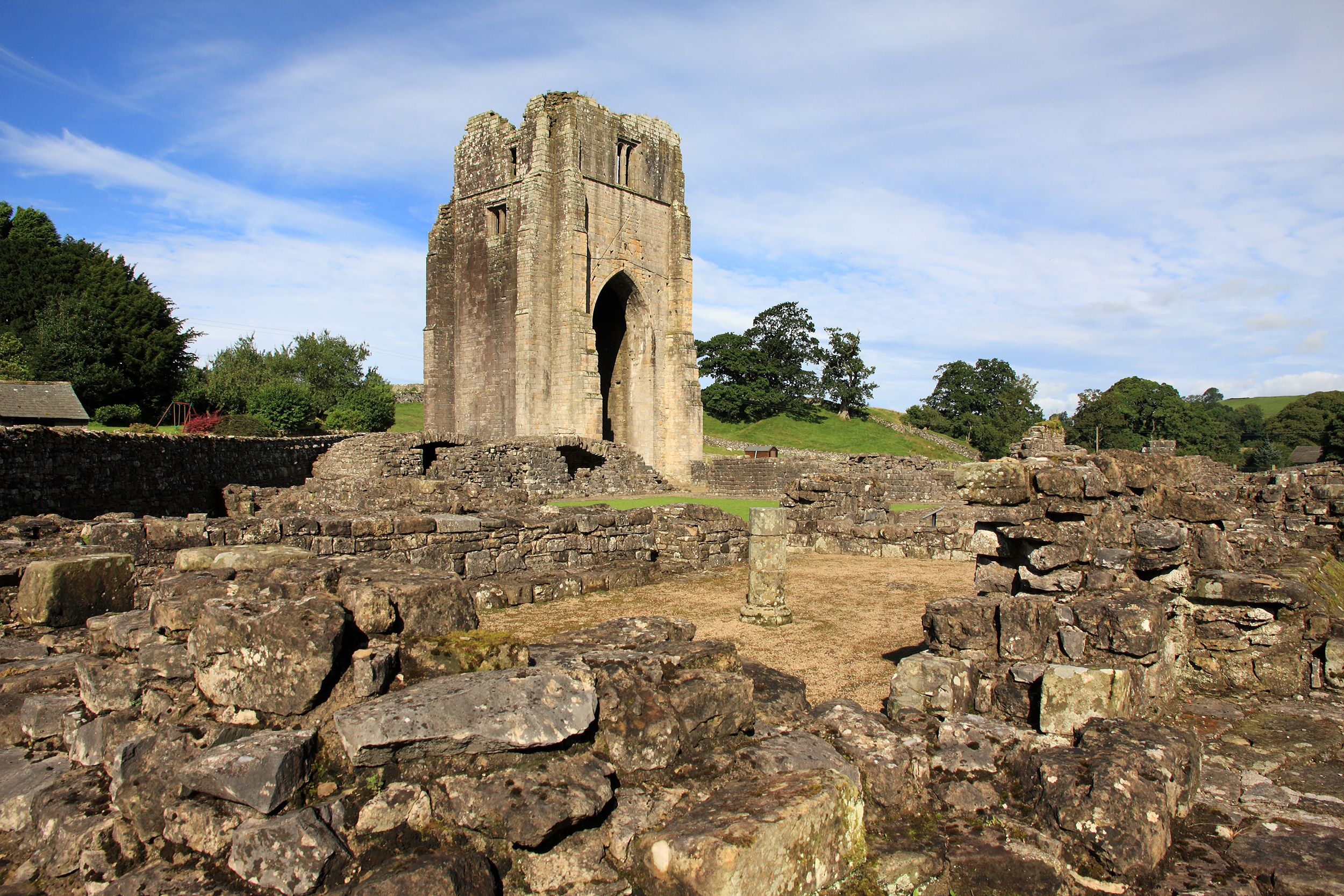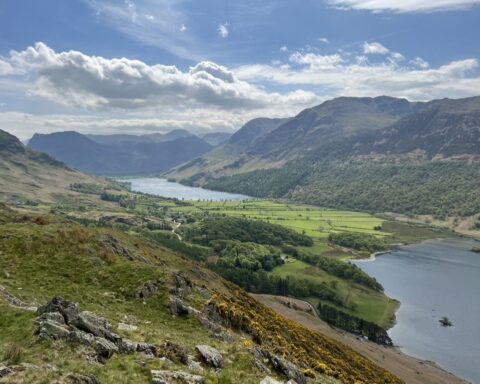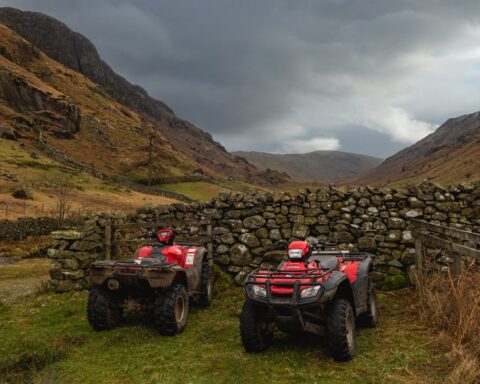The atmospheric ruins of Shap Abbey, including a substantial tower, lie in a secluded hollow beside the River Lowther on the National Park’s eastern border. The monastic house was founded in 1199 by a small group of Premonstratensian canons who had settled near Kendal about 10 years earlier. The order had been established in northern France as an ecclesiastical middle ground for those who wanted the isolated life of prayer, austerity and discipline of the Cistercians but, at the same time, wished to serve their communities, like the Augustinians. They were known as the ‘white canons’ because their robes were made from undyed sheep’s fleeces.
Shap Abbey was at the height of its powers in the late fifteenth and early sixteenth centuries when Richard Redman was abbot. He was the man behind the imposing west tower, which still stands to its original height. Visitors can also see the foundations of some of the living quarters, stores and church. The abbey fell foul of Henry VIII’s Dissolution of the Monasteries in the middle of the sixteenth century, and its stones were subsequently used as building material for walls, farms and even Lowther Castle.
Entrance to the site, open all year, is free.
A half-mile walk from the abbey, in nearby Keld, is a chantry chapel built in about 1350. This was established by the Shap canons as a place dedicated solely to saying masses for those who had died. In medieval times, wealthy people would often leave money so that prayers could be said to speed their souls through ‘purgatory’ and on into ‘heaven’.





